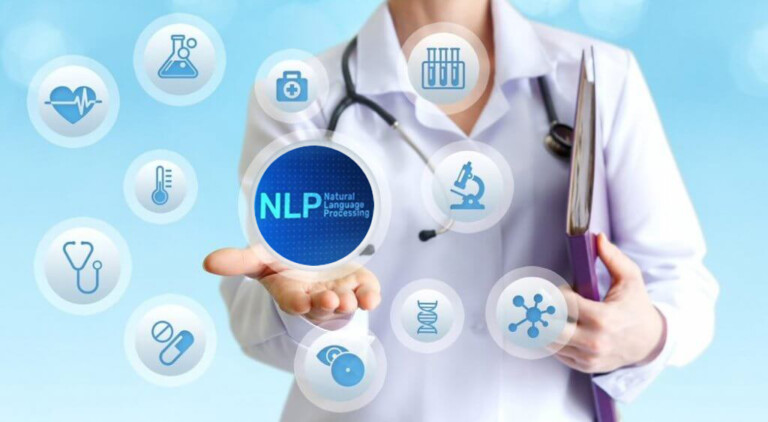
NLP increases quality time with patients.
Researchers conclude that many physicians suffer from burnout because they have to navigate through huge amounts of data sets of unstructured patients. The Natural Language Processing (NLP) technology can easily process and accurately interpret data that is completely unstructured and synthesize the content of long chart notes into merely important points.
Big data analytics in healthcare shows up to 80% is unstructured and, therefore, goes largely unutilized. The global healthcare natural language processing market is forecasted to be valued at US$ 3.1 Bn in 2022 and is estimated to reach US$ 14.6 Bn by 2032. A major purpose for a hospital to employ NLP technology is to embed intelligent systems to optimize organization processes, increase quality time with patients, and reduce operational expenses.
Physicians spend a lot of time inputting the how and the why of what is happening to their patients into chart notes. These notes are not easily extractable in ways the data can be analyzed by a computer. When the doctor sits down with a patient and documents their visit in a case note, those narratives go into the Electronic Health Record Systems (EHRs) and gets stored as free text. Huge volumes of unstructured patient data is inputted into EHRs on a daily basis, but it is hard for a computer to help physicians aggregate that critical data.
Natural language processing software for healthcare can scan a clinical text within seconds and identify what needs to be extracted. The importance and use of natural language processing systems in healthcare application development is expanding every day. This frees up the resources of physicians and staff to focus more on complex matters and reduces the time spent on redundant administrative policy, devotes more time to patient care, and improves the patient experience by analyzing real-time data.
Natural Language Processing (NLP) is a subset of artificial intelligence (AI) that operates on text, voice and video-based data. It is the ability of computers to understand the latest human speech terms and text. The adoption of natural language processing in healthcare is rising because of its recognized potential to search, analyze and interpret mammoth amounts of patient datasets.
